Exhibition honors Muslims who saved Jews
By SEAN GAFFNEY, Associated Press WriterThu Nov 1, 6:51 PM ET
Tears welling in his eyes, an elderly Holocaust survivor on Thursday embraced the son of the Albanian man who saved him from the Nazi death camps, highlighting the little-known role played by European Muslims in helping Jews during World War II.
The two met for the first time at a photography exhibition at Yad Vashem, Israel's official Holocaust memorial, honoring Albanians who sheltered Jewish refugees fleeing Nazi persecution. Albania, a tiny European country with a Muslim majority, sheltered about 1,000 Jews who, except for one family, survived Nazi occupation, according to officials.
"This is a very unique story," said Yehudit Shendar, the exhibition's curator. Though Islam has an anti-Jewish image, these were "Muslims who endangered their own lives to save Jews," she said. Six million Jews were killed by the Nazis during World War II.
Albanians sheltered between 600 and 1,800 Jewish refugees, risking death or imprisonment, officials said. At the end of the war, Albania was the only European country with a larger Jewish population than before the war.
Yoshua Baruchowic, 84, wore a grim smile as he retold the harrowing story of his rescue. He stood next to Enver Alia Sheqer, the Albanian whose father saved him.
For decades, Baruchowic exchanged letters with Sheqer, 50, and his father, Ali Sheqer Pashkaj, who died in 2004. They often sent family photos, and he called Sheqer his "brother."
Despite many invitations, Baruchowic, who moved to Mexico after the war and became a dentist, refused to visit Albania while the communists were in power, and later because of political turmoil.
Meeting Sheqer on Thursday, he said, "It's glorious. It's something I waited to do all my life."
In 1941, a Nazi convoy transporting Jews passed the Sheqer family's general store deep in the Albanian mountains. Sheqer's father offered the soldiers food and wine. When they became drunk, he handed a message — hidden in a melon — to one of the prisoners, the 18-year-old Baruchowic.
Though they had never met, Baruchowic agreed when Ali Sheqer urged him to flee to the woods. The young Jew hid while Sheqer's father feigned ignorance as he repeatedly stared down a Nazi gun barrel. He held out until the Germans left and then retrieved Baruchowic, hiding him for three years.
"My father was a devout Muslim," Enver Sheqer said. "He believed that to save one life is to enter paradise."
He said his father had to help Baruchowic because of the Albanian code of "Besa," which means "to keep the promise."
The exhibition is named after that code and features black and white photographs of Albanians holding family photos and awards honoring their heroism. Israel has honored 63 Albanians as "Righteous Among the Nations," a title granted to non-Jews who helped Jews escape Nazi persecution.
The photo exhibit is the product of five years of "headhunting" by American Jewish photographer Norman Gershman, who said he was inspired culling the archives at Yad Vashem. Working through several organizations, Gershman spent four years in and out of Albania tracking down survivors.
"It started at Yad Vashem and now it's going to take off from here," he said. The exhibition is next going to the United Nations headquarters in New York for a display on the International Holocaust Remembrance Day on Jan. 27, he said.
At the exhibit Thursday, Baruchowic and Enver Sheqer stood beneath a photo of Sheqer sitting at the foot of a statue of the Albanian national hero Skanderbeg, a resistance general who led the fight against the Muslim Ottoman Empire in the 15th century.
In the picture, Sheqer delicately clutches his chest while a furrowed brow looks poised for tears. A similar look covered his face as he struggled to the find words to describe meeting Baruchowic for the first time.
"I have such a good feeling," Sheqer said. "I can't begin how to describe."
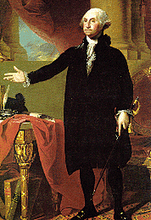
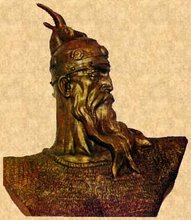
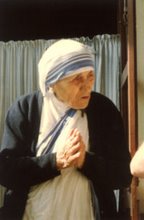







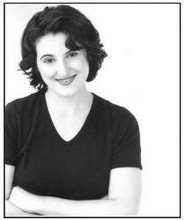
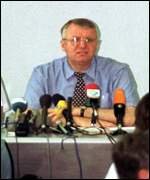



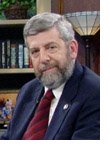





No comments:
Post a Comment